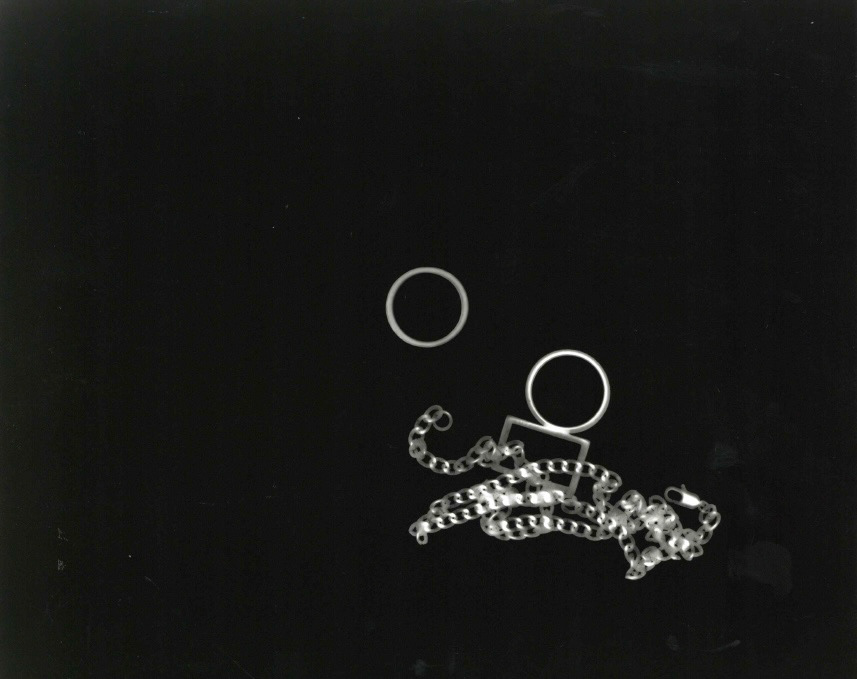The last two weeks with John have been really interesting. On the first, we were in the darkroom creating photograms. Initially, we used objects to create random arrays of photographs; semi-transparent items worked best, giving the most interesting results. Ultimately, we were tasked with crating a short stop-motion set of images that could be made into a flick book or digitally into a video. These were my ‘final’ photograms, that me and Anne went to scan afterwards. They (hopefully!) explore the idea of pareidolia, and tell a very simple stop-motion-ish story! I think the chain worked really well as it maintains a really interesting depiction of depth, and I tore up a piece of light-sensitive paper that I’d managed to accidentally fog for the ‘FIN’ at the end.











The week after, last Monday, we did what the other group had done the week before, using film cameras to take some photos, ultimately hoping to create another stop-motion-type video or flick-book, with either a static camera and moving subject, a static subject and moving camera, or both moving camera and moving subject. Me and Hannah worked together for this task, but managed to rip the film in one of the cameras, opening it in the darkroom to fix, forgetting that, unlike photosensitive paper which is okay for a short time under the red safelights, the film is obviously sensitive to all wavelengths of visible light, so its likely that we’ll only have shots from one of the cameras. We gave the film to the darkroom technicians to develop, and will hopefully pick it up on Thursday to see how we did. Hopefully, we’ll have a short sequence playing with perspective, using one of the outside sculptures with the lid of a film capsule as a canon-ball, held much closer to the camera and with a high aperture to create a wide depth of field, hopefully forcing perspective. We did another sequence of a flower, removing a petal each time, which we would play through backwards to show the flower growing petals. Our final sequence was of Hannah, panning pas her and then ‘zooming’ (moving) out, where we then use the magic of stop-motion to have her magically produce one of the cameras. We also shot this on my phone camera so we could slow it down and see the shots we wanted to replicate. We then put this into Premier, slowed down the shutter-speed to give it a similar look, and used some film overlays to create an example of how we wanted it to look. We also recorded an audio track to play over it, which is — well, interesting.

